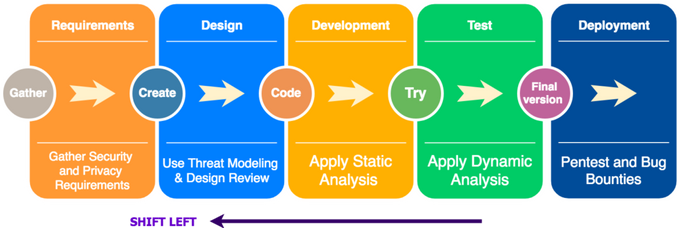The Software Development Life Cycle (SDLC) is the backbone of successful software projects, providing a structured approach from concept to deployment. Understanding SDLC is crucial for delivering high-quality software that meets user needs and business objectives. In this blog post, we’ll explore the origins, phases, models, and benefits of SDLC, as well as the roles of key players involved in the process. Dive in to grasp the essentials of SDLC.
What Is Software Development Life Cycle (SDLC)?
The Software Development Life Cycle (SDLC) is a systematic process used by software developers to design, develop, test, and deploy software applications. It serves as a blueprint that guides the software development process from inception to completion, ensuring that the final product meets the desired requirements and quality standards.
Origin of SDLC
The concept of SDLC emerged in the 1960s when software engineering started becoming a distinct discipline. The need for a structured approach to software development arose as projects grew more complex. SDLC was introduced as a solution to manage these complexities by breaking down the development process into distinct, manageable phases.
Overview of SDLC 5 Phases
SDLC typically comprises five key phases:
- Planning: Defining project goals, scope, and requirements.
- Design: Creating architectural plans and prototypes.
- Development: Writing and compiling the actual code.
- Testing: Ensuring the software works as intended.
- Deployment: Releasing the software to end-users.
5 Stages of SDLC

Though often used interchangeably with phases, the stages of SDLC can be more detailed:
- Requirement Analysis: Gathering and documenting user requirements.
- System Design: Crafting the system’s architecture.
- Implementation: Translating designs into a functional system.
- Integration and Testing: Combining and validating all system components.
- Maintenance: Performing regular updates and fixes post-deployment.
The Top SDLC Models
Several models have been developed to implement SDLC, each with its own advantages:
- Waterfall Model: Linear and sequential, suitable for well-defined projects.
- Agile Model: Iterative and flexible, ideal for projects with evolving requirements.
- V-Model: Emphasizes verification and validation, ensuring quality at each phase.
- Spiral Model: Combines iterative development with risk management.
- DevOps: Integrates development and operations for continuous delivery.
Benefits of SDLC
- Structured Approach: SDLC provides a clear roadmap, ensuring project organization.
- Quality Assurance: Regular testing phases help maintain high-quality standards.
- Risk Management: Early identification of risks and issues.
- Cost Efficiency: Proper planning and design reduce development costs.
Pros and Cons of SDLC
Pros:
- Clear project roadmap
- Improved project management
- Enhanced quality control
Cons:
- Can be time-consuming
- Inflexible to changes in some models
- Requires thorough documentation
How Can SDLC Experts Assist You?
SDLC experts bring a wealth of experience in managing the complexities of software development. They ensure that each phase is meticulously executed, minimizing risks and delivering a product that meets user expectations. Their expertise can lead to more efficient processes, timely delivery, and better alignment with business goals.
Who Makes Use of the SDLC?
SDLC is utilized by various professionals, including:
- Software Developers: To guide the coding process.
- Project Managers: For project planning and execution.
- Quality Assurance Engineers: To structure testing phases.
- System Analysts: To ensure requirements are met.
System Analyst’s Involvement in SDLC Phases
System analysts play a critical role in the SDLC. They act as the bridge between stakeholders and the development team, ensuring that the software’s functionality aligns with user requirements. Their involvement spans all phases, from requirement analysis to testing, making them key players in the success of a software project.
Ready to turn your software vision into reality? At Addicta, our SDLC experts meticulously manage every phase of development, ensuring a high-quality product that aligns perfectly with your business goals. Whether you need a custom solution or ongoing support, we’re here to help you succeed. Contact Addicta today for exceptional software development that meets your exact needs!

